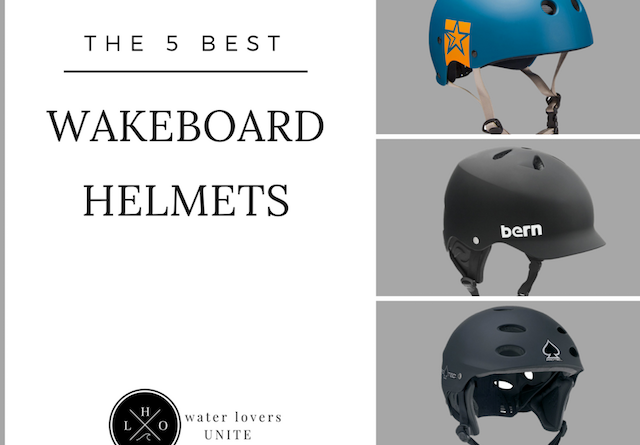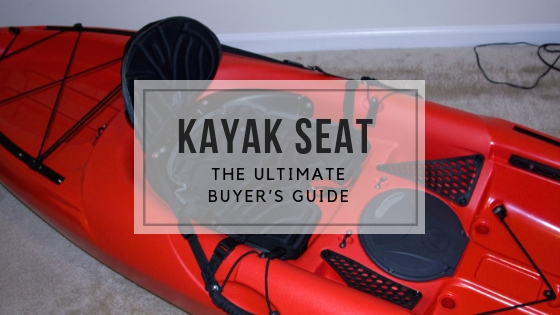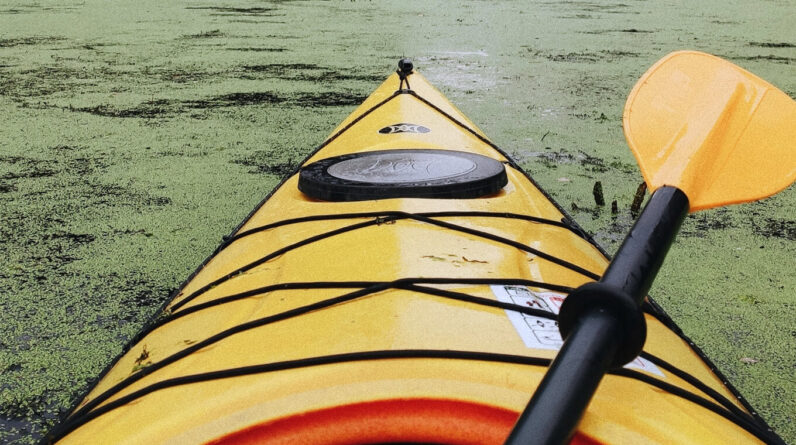
Are you new to kayaking and looking for the perfect paddle to enhance your touring experience? Look no further! In this beginner’s guide, we will walk you through the essential factors to consider when selecting the ideal kayak paddle for touring. From determining the right size to understanding various styles, we’ve got you covered. So let’s get started and find the paddle that perfectly suits your needs and enhances your touring adventures!
Understanding the Basics
Types of Kayak Paddles
When it comes to kayak paddles, there are generally two types: touring paddles and whitewater paddles. For touring, you’ll want to focus on finding the right paddle for your needs on calm waters. These paddles are typically longer and have a narrower blade shape, which provides better efficiency and maneuverability on flat water.
Components of a Kayak Paddle
A kayak paddle consists of three main components: the blade, the shaft, and the handle. The blade is the part of the paddle that makes contact with the water and propels you forward. The shaft is the long, cylindrical part that connects the blade to the handle. The handle is where you grip the paddle and control your strokes.
Different Paddle Blade Shapes
There are various paddle blade shapes available, each with its own advantages. The most common blade shapes for touring paddles are asymmetrical and dihedral. Asymmetrical blades are designed to provide better efficiency by minimizing flutter and allowing for smooth, controlled strokes. Dihedral blades have a ridge down the center, which helps to reduce flutter and provides stability in the water.
Paddle Shaft Materials
Paddle shafts can be made from different materials, each offering its own benefits and trade-offs. Common shaft materials include aluminum, fiberglass, and carbon fiber. Aluminum shafts are often the most affordable option but can be heavier. Fiberglass shafts strike a good balance between weight and price, providing durability and comfort. Carbon fiber shafts are lightweight and ideal for those looking for maximum performance, but they tend to be more expensive.
Determining the Right Size
Factors Affecting Size Selection
Several factors come into play when determining the right size for your kayak paddle. These factors include your height, the width of your kayak, your paddling style, and the intended use of your paddle. It’s important to consider all these factors to ensure you choose a paddle that allows for optimal performance and comfort.
Choosing the Correct Length
To choose the correct length for your paddle, start by placing the paddle vertically on the ground beside you. The top should be level with your head, and your elbows should be at a 90-degree angle when you reach out to grip the handle. This is a general guideline, but adjustments can be made based on personal preference and the type of paddling you’ll be doing.
Considering the Paddle Angle
The paddle angle, or feathering, refers to the degree at which the two blades are offset from each other. Some paddles have a fixed angle, while others can be adjusted. Feathering can help reduce wind resistance and allow for smoother strokes. It’s important to consider the angle that feels most comfortable for you and fits your paddling style.
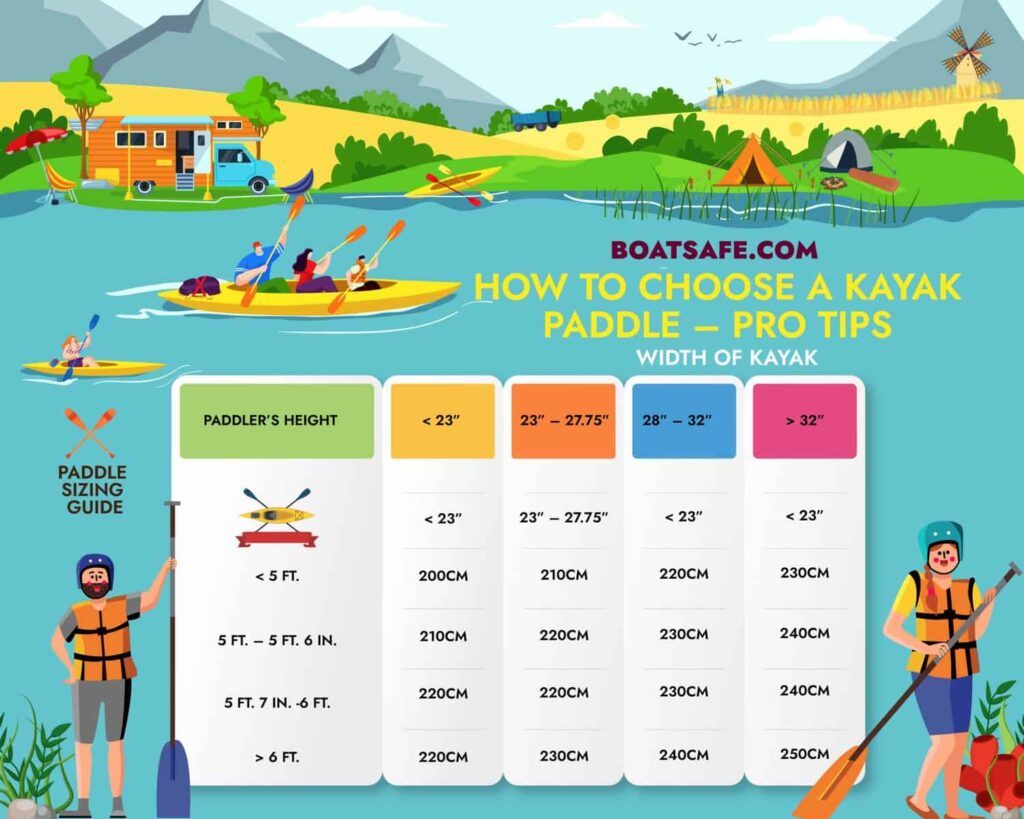
This image is property of www.boatsafe.com.
Matching Paddle Style to Touring
Low-Angle Paddling
Low-angle paddling is the most common style used in touring. It involves a more relaxed and efficient stroke, with the blade entering and exiting the water at a smaller angle. This style is ideal for long-distance paddling and offers better stability and less strain on the body.
High-Angle Paddling
High-angle paddling, on the other hand, involves a more aggressive stroke with a higher blade angle. This style is used for faster and more powerful strokes, suitable for rougher conditions and maneuverability. High-angle paddling requires more upper body strength and is often favored by those who enjoy a more dynamic and active paddling style.
Benefits and Differences
Both low-angle and high-angle paddling have their own benefits and differences. While low-angle paddling provides greater efficiency and is less physically demanding, high-angle paddling offers more control and power in challenging conditions. It’s important to choose a paddle style that matches your skill level, intended use, and personal preference.
Touring Paddle Materials
Fiberglass
Fiberglass is a commonly used material for kayak paddles. It offers a good balance of durability, weight, and affordability. Fiberglass paddles are known for their stiffness, which allows for efficient energy transfer and improved performance on the water. They are a popular choice among recreational and intermediate paddlers who value durability and comfort.
Carbon Fiber
Carbon fiber paddles are the top choice for those seeking maximum performance and lightweight design. They are lighter than fiberglass paddles, making them ideal for long-distance touring and reducing fatigue. Carbon fiber also provides excellent stiffness, allowing for efficient power transfer and quick strokes. However, it’s important to note that carbon fiber paddles come at a higher price point.
Plastic
Plastic kayak paddles are often the most affordable option. While they may lack the performance and lightweight characteristics of fiberglass or carbon fiber, plastic paddles excel in durability and are more resistant to impact and wear. They are a popular choice for beginners or paddlers on a budget, as they still provide a reliable option for recreational touring.
Wood
Wooden kayak paddles offer a unique and traditional feel on the water. They are known for their aesthetics and craftsmanship and can be personalized to fit your preferences. Wood paddles have a natural buoyancy, providing a light and responsive feel. However, they require more maintenance compared to other materials and may not be as durable in extreme conditions.
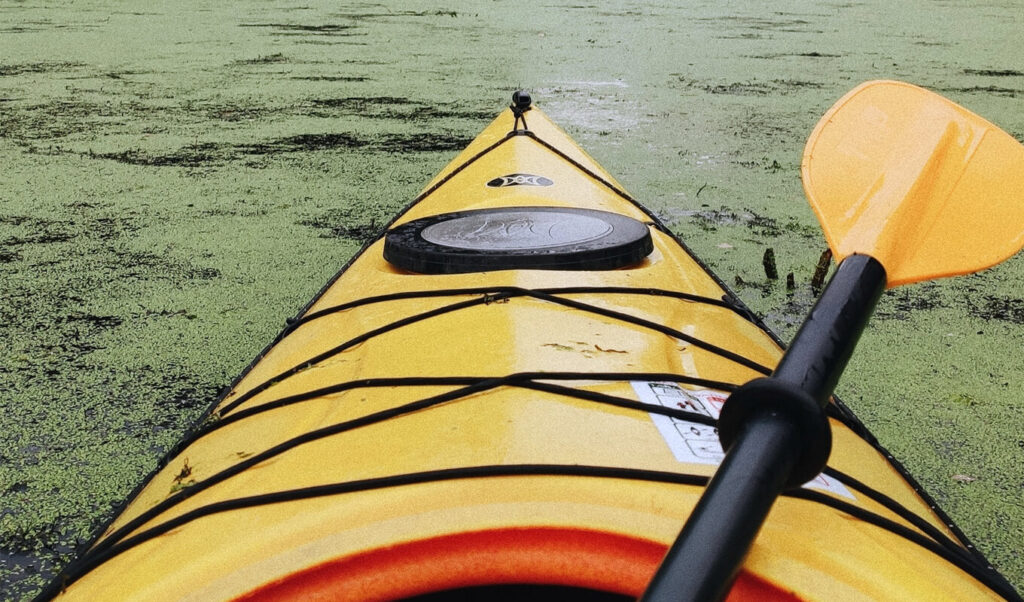
This image is property of cdn.shopify.com.
Paddle Weight and Durability
Balancing Weight and Strength
The weight of your paddle can greatly impact your overall paddling experience. It’s important to find a balance between weight and strength that suits your needs and paddling style. Lightweight paddles are ideal for long-distance touring and reduce fatigue, while heavier paddles can provide more power and stability in rough conditions.
Lightweight Paddles
If you prioritize lightweight design, carbon fiber paddles are your best bet. They offer exceptional strength-to-weight ratio, making them the lightest option available. Fiberglass paddles also provide a lightweight alternative without compromising too much on durability. When choosing a lightweight paddle, make sure to consider the overall quality and construction to ensure it withstands the demands of touring.
Sturdy and Durable
Durability is crucial when selecting a touring paddle, as it needs to withstand the rigors of long-distance trips and potential rough conditions. Fiberglass paddles are known for their durability and can withstand impacts better than carbon fiber or wooden paddles. Plastic paddles also offer excellent durability, making them a reliable choice for beginners or those who value strength over weight.
Fitting the Paddle Comfortably
Paddle Grip Options
The paddle grip is where you’ll hold the paddle and control your strokes, so it’s important to consider comfort and ergonomics. Grips can be straight or contoured, and some paddles offer multiple grip options. Straight grips are versatile and provide a more traditional feel, while contoured grips are designed to fit the natural shape of your hand for enhanced comfort and control.
Evaluating Shaft Diameter
Shaft diameter plays a key role in comfort and paddle control. Thicker shafts can offer a stronger grip and more power, but they may cause more strain on the wrists and hands. Thinner shafts provide a lighter and more comfortable feel, but they may sacrifice some power. It’s important to find the right balance that suits your hand size, strength, and paddling style.
Considering Feathering
Feathering is the angle at which the two blades of a paddle are offset from each other. Some paddles have a fixed feather angle, while others allow for adjustable feathering. Feathering can help reduce wind resistance and minimize strain on your wrists. Consider adjusting the feather angle to find the most comfortable position for your paddling style and conditions.

This image is property of www.gilisports.com.
Blade Shape and Efficiency
High-Angle Blades
High-angle blades are shorter and wider, offering more surface area for increased power and acceleration. They are designed for a more aggressive and powerful paddling style, ideal for rougher conditions and maneuverability. High-angle blades provide quick catches and are commonly used by experienced paddlers who prioritize speed and control.
Low-Angle Blades
Low-angle blades are longer and narrower, allowing for a more relaxed and efficient stroke. They are designed for a more recreational and leisurely paddling style, ideal for calm waters and long-distance touring. Low-angle blades provide smooth and controlled strokes, requiring less physical effort and strain on the body.
Wing Blades
Wing blades have a unique shape with a pronounced dihedral angle and an asymmetrical design. They are specifically designed for experienced paddlers looking to maximize speed and efficiency. Wing blades are favored in competitive racing and offer exceptional performance when used with a high-angle paddling style. They require proper technique and skill to fully harness their potential.
Dihedral Blades
Dihedral blades have a ridge down the center that separates the two blade faces. This design enhances stability, reduces flutter, and provides better tracking in the water. Dihedral blades are versatile and suitable for both low-angle and high-angle paddling styles. They are a popular choice for touring paddles as they offer a good balance between efficiency and stability.
Spoon Blades
Spoon blades have a concave shape on one or both faces. This design increases the catch phase efficiency, allowing for powerful strokes with less effort. Spoon blades are commonly used in high-angle paddling and are favored by those seeking maximum acceleration and speed. However, they require proper technique and strength to fully utilize their benefits.
Understanding Paddle Feathering
What is Feathering?
Feathering is the technique of offsetting the blades of a paddle to reduce wind resistance. This technique is especially useful in windy conditions, as it helps to minimize the force of the wind on the blade not in the water. Feathering can improve paddling efficiency, reduce strain on the wrists, and enhance overall control.
Feathering Angle
The feathering angle refers to the degree at which the blades are offset from each other. Some paddles have a fixed feathering angle, while others offer adjustable feathering. Feathering angles typically range from 0 to 90 degrees. It’s important to find the feathering angle that feels most comfortable for you and suits the prevailing conditions you’ll be paddling in.
Benefits of Feathering
Feathering can provide several benefits during touring. By reducing wind resistance, it minimizes the strain on your wrists and allows for smoother strokes. Feathering also helps to maintain stability in windy conditions and allows for better control and precision. It’s worth experimenting with different feathering angles to find the one that suits your style and comfort level.
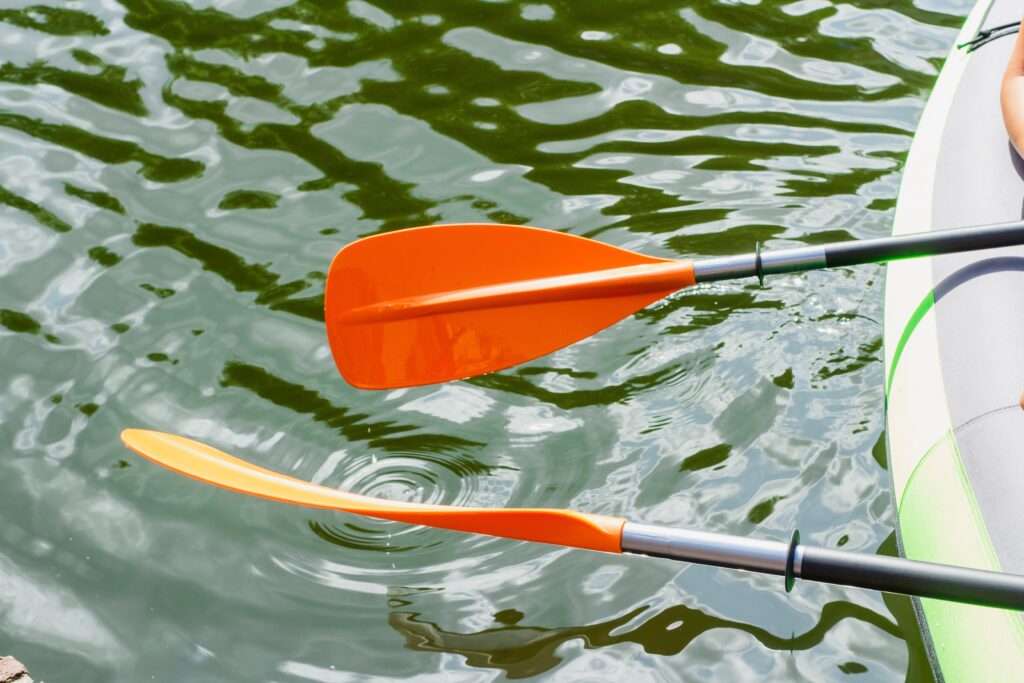
This image is property of www.baysports.com.au.
Considering Paddle Price Range
Entry-Level Paddles
Entry-level paddles are a great choice for beginners or those on a budget. They are typically made from plastic or aluminum and offer a reliable and affordable option for recreational touring. While they may lack some of the performance and features of higher-end paddles, they still provide a solid foundation for getting started in kayaking.
Mid-Range Paddles
Mid-range paddles strike a balance between affordability and performance. They often feature fiberglass shafts and blades, offering greater durability and improved efficiency compared to entry-level options. Mid-range paddles are suitable for both beginners and intermediate paddlers who want a higher-quality paddle without breaking the bank.
High-End Paddles
High-end paddles are designed for serious paddlers who value performance and are willing to invest in top-quality equipment. Carbon fiber shafts and blades are common in high-end paddles, providing exceptional strength-to-weight ratio and superior performance. These paddles are lightweight, durable, and often feature advanced blade shapes and design features.
Budget Considerations
When considering the price range for your paddle, it’s important to find the best balance between your budget and your needs. While a higher-priced paddle may provide better performance and durability, it may not be necessary for recreational touring. Assess your skill level, paddling frequency, and intended use to determine the appropriate price range for your paddle.
Exploring Additional Features
Drip Rings
Drip rings are small rubber or plastic rings that are placed on the shaft of the paddle near the blade. Their purpose is to prevent water from dripping down the shaft and onto your hands. Drip rings are a simple yet effective feature that can help keep you dry and maintain a comfortable grip on your paddle.
Paddle Leashes
Paddle leashes are a safety accessory that attaches your paddle to your kayak, ensuring it doesn’t drift away in case you drop it or capsize. They come in various lengths and designs and are especially useful in rough conditions or when navigating challenging waters. Paddle leashes provide peace of mind and help prevent the loss of your paddle.
Paddle Storage
Properly storing your paddle is essential for its longevity and performance. Most paddles come with a paddle storage bag or sleeve to protect them from damage during transport or when not in use. Some paddles also feature collapsible or adjustable shafts for easier storage and transport. Consider the storage options and requirements when choosing your paddle.
Specialized Touring Paddles
Specialized touring paddles cater to specific needs or preferences. These paddles may have unique features such as ergonomic grips, adjustable length, or reinforced blades. They are designed to enhance comfort, performance, or durability based on specific touring conditions or personal preferences. Specialized touring paddles offer a tailored experience for those seeking extra customization in their gear.
Choosing the right size and style of kayak paddle for touring is crucial to ensure a comfortable, efficient, and enjoyable paddling experience. Consider the factors mentioned, such as paddle type, blade shape, materials, feathering, and additional features, to make an informed decision. Remember, the perfect paddle is the one that suits your needs, preferences, and budget, allowing you to explore the waters with confidence and ease. Happy paddling!

This image is property of paddlingmagazine-images.s3.amazonaws.com.

